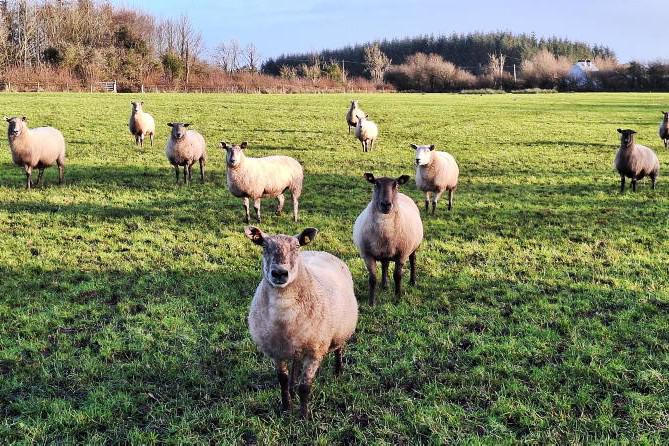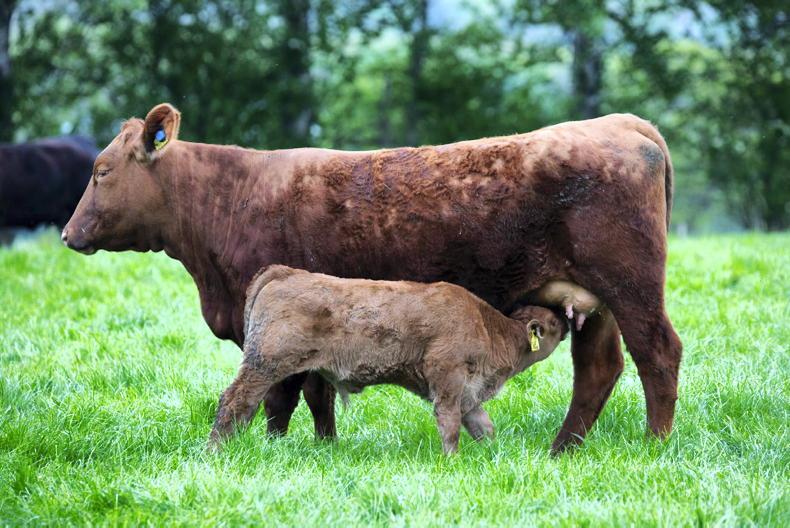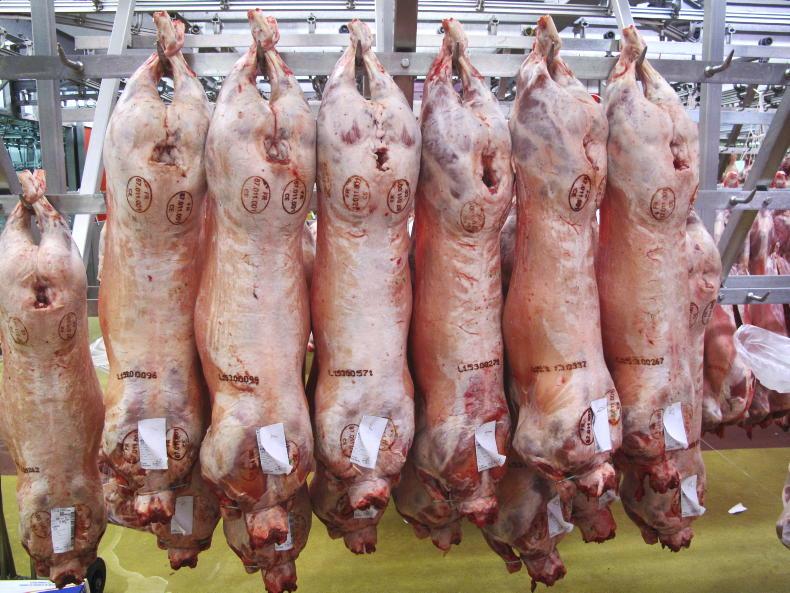Getting back on track
The weather forecast has finally come good, with high pressure moving in to place. The speed at which ground conditions improve will vary greatly depending on land type.
Once conditions allow, fertiliser should be applied to kickstart growth. Teagasc advises applying 20 to 30 units of nitrogen per acre (25kg to 37.5kg/ha) on grazing ground, with rates varying depending on stocking rate.
Ground that is deficient in P and K will also greatly benefit from compound fertilisers being applied.
Teagasc is also advising farmers to be mindful of the benefits of saving a proportion of high-quality silage for feeding in late-pregnancy.
Their advice is to apply 60 units N/acre (75kg/ha) for first-cut silage to give an opportunity to harvest silage from mid-to-late May.
In good grass growing conditions swards will utilise two units of nitrogen daily so heavier applications will push back potential cutting dates. It is late to apply slurry where the aim is to harvest an early cut, and as such phosphorus and potassium should also be taken into account.
The rate at which your farm can get back on track will also be influenced by getting the grazing rotation back on track by grouping animals into bigger batches and starting to make use of temporary fencing as growth rates climb.
The decision to cut supplementation will depend on grass supplies/grass demand and how quick fertiliser can be applied to boost growth.
Ewes facing the greatest nutritional challenges such as ewes rearing triplet lambs, yearlings rearing twin lambs or problem cases will benefit from continued supplementation until grass reserves have adequately recovered.
After lambs reach five to six weeks of age there is a better response in targeting restricted concentrates to lambs over ewes.
Grass tetany
The lift in weather will improve grass growth rates, but temperatures forecast will still vary significantly between night and day.
It is important to remain on guard for grass tetany and to continue to ensure that ewes have ample access to an adequate source of magnesium supplementation.
Nematodirus
Remember to be on the lookout for lambs presenting with clinical signs of nematodirus, i.e green scour, dip in performance and lambs congregating around water troughs.
An increasing number of flocks with lambs aged six to 12 weeks of age will be falling in to the high risk category this week going on peak hatching dates.
Q and A sheep welfare scheme
A significant number of queries continue to be submitted regarding the new National Sheep Welfare Scheme. We will feature some of these answers, along with further queries received in next week’s edition.
This week’s sheep feature addresses reader queries regarding the completion of animal health tasks for those in the Organic Farming Scheme.
The feature also covers a step-by-step guide on how to apply for the scheme. A Farm Advisory System adviser approved to act on your behalf can also submit an application.










SHARING OPTIONS